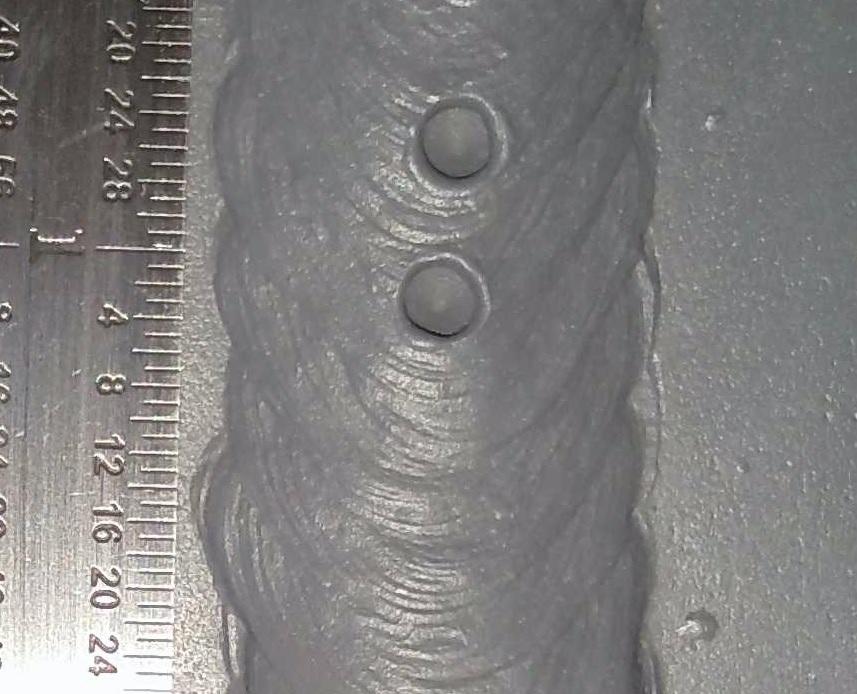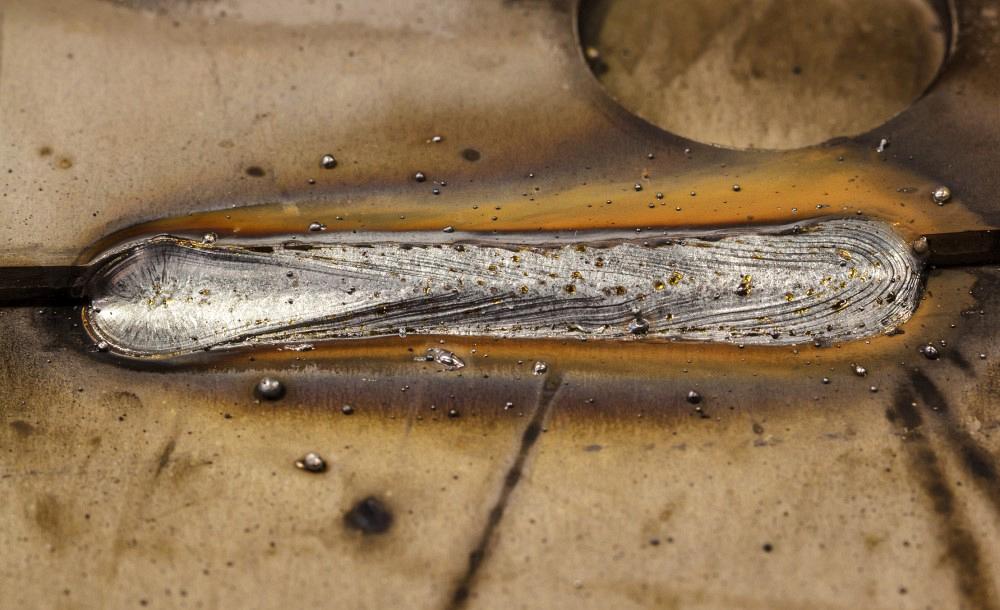What is Porosity in Welding: Ideal Practices for Avoiding Porous Welds
What is Porosity in Welding: Ideal Practices for Avoiding Porous Welds
Blog Article
Recognizing Porosity in Welding: Checking Out Reasons, Effects, and Avoidance Techniques
As specialists in the welding sector are well conscious, comprehending the reasons, impacts, and avoidance strategies connected to porosity is important for accomplishing durable and reputable welds. By delving into the origin triggers of porosity, examining its damaging results on weld high quality, and discovering reliable avoidance methods, welders can improve their knowledge and skills to produce high-grade welds continually.
Typical Root Causes Of Porosity
Contamination, in the kind of dirt, oil, or corrosion on the welding surface, creates gas pockets when heated up, leading to porosity in the weld. Incorrect securing takes place when the protecting gas, frequently used in processes like MIG and TIG welding, is not able to fully protect the molten weld pool from reacting with the surrounding air, resulting in gas entrapment and subsequent porosity. Additionally, poor gas coverage, frequently due to inaccurate circulation rates or nozzle positioning, can leave components of the weld unsafe, enabling porosity to develop.
Effects on Weld Quality
The presence of porosity in a weld can considerably jeopardize the total quality and honesty of the bonded joint. Porosity within a weld creates voids or cavities that compromise the framework, making it extra vulnerable to fracturing, corrosion, and mechanical failing.
In addition, porosity can impede the performance of non-destructive screening (NDT) methods, making it challenging to spot various other problems or stoppages within the weld. This can result in considerable safety and security concerns, specifically in essential applications where the structural integrity of the bonded parts is critical.

Prevention Techniques Review
Given the destructive effect of porosity on weld quality, efficient prevention strategies are crucial to maintaining the structural stability of bonded joints. In addition, choosing the appropriate welding criteria, such as voltage, existing, and take a trip rate, can help reduce the risk of porosity formation. By including these avoidance methods into welding techniques, the occurrence of porosity can be considerably minimized, leading to stronger and a lot more reputable bonded joints.
Significance of Correct Shielding
Appropriate securing in welding plays an important function in avoiding atmospheric contamination and guaranteeing the honesty of bonded joints. Shielding gases, such as argon, helium, or a combination of both, are typically made use of to safeguard the weld swimming pool from reacting with aspects airborne like oxygen and nitrogen. When these responsive aspects enter contact with the warm weld pool, they can cause porosity, causing weak welds with decreased mechanical homes.

Insufficient shielding can lead to numerous defects like porosity, spatter, and oxidation, compromising the structural honesty of the bonded joint. As a result, adhering to appropriate protecting techniques is important to click resources create top notch welds with minimal issues and guarantee the long life and integrity of the bonded elements (What is Porosity).
Tracking and Control Approaches
Exactly how can welders effectively monitor and control the welding procedure to make sure optimal outcomes and avoid defects like porosity? One secret method is article via making use of advanced surveillance technologies. These can include real-time monitoring systems that offer feedback on parameters such as voltage, existing, take a trip speed, and gas circulation prices. By continually checking these variables, welders can identify variances from the perfect problems and make immediate changes to avoid porosity formation.

Additionally, applying proper training programs for welders is essential for keeping track of and controlling the welding procedure successfully. What is Porosity. Informing welders on the significance of preserving constant parameters, such as correct gas securing and travel speed, can aid protect against porosity problems. Regular analyses and accreditations can also make certain that welders excel in tracking and controlling welding procedures
Furthermore, using automated welding systems can boost tracking and control capacities. These systems can specifically control welding criteria, minimizing the likelihood of human mistake and making certain regular weld quality. By integrating advanced tracking innovations, training programs, and automated systems, welders can properly monitor and control the welding procedure to minimize porosity flaws and attain high-grade welds.
Verdict

Report this page